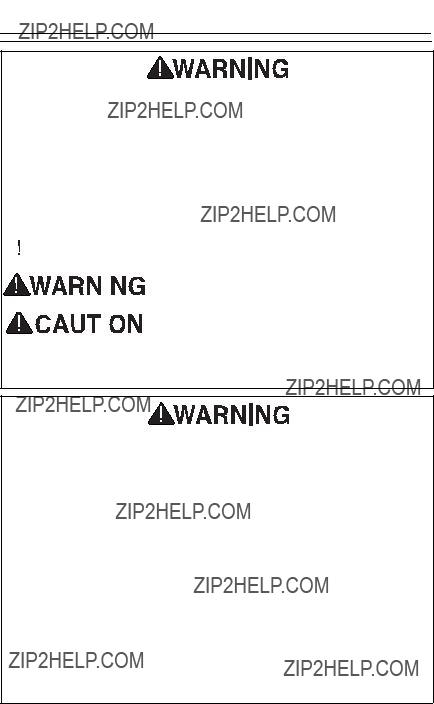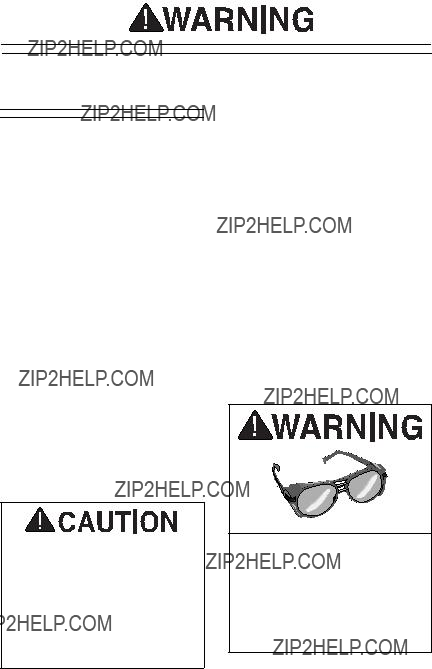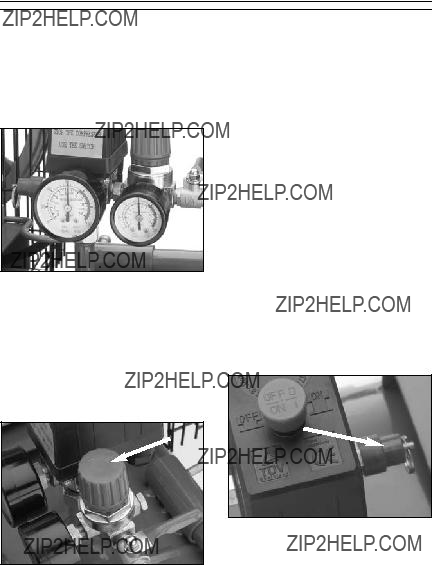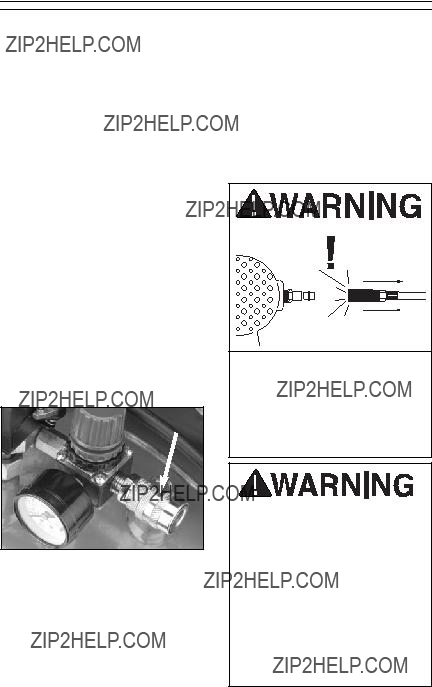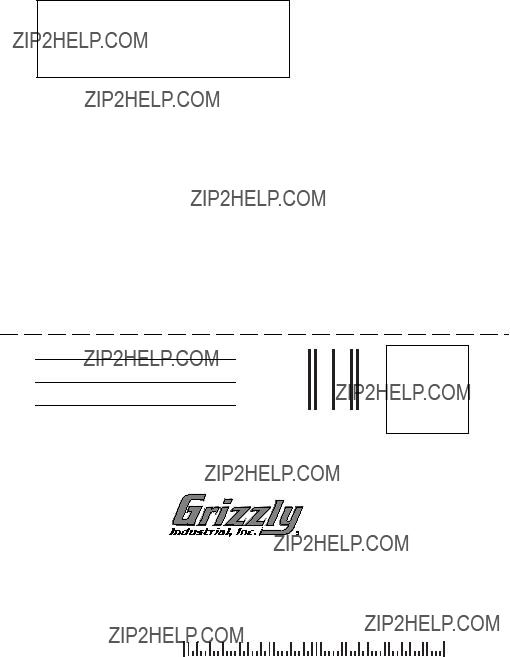___Other__________________________
2.What is your annual household income?
___$20,000-$29,999 ___$60,000-$69,999
6.What stationary woodworking tools do you own? Check all that apply.
___Horiz.Boring Machine
___Vacuum Veneer Press
___Other______________________________
7.How many of your woodworking machines are Grizzly? _____________
8.Which benchtop tools do you own? Check all that apply.
___Spindle/Belt Sander ___Mini Jointer
___10"-12"Thickness Planer
___Other______________________________
9.How many of the machines checked above are Grizzly? ____________
10.Which portable/hand held power tools do you own? Check all that apply.
___Other_________________________________
11.What machines/supplies would you like Grizzly Industrial to carry?
________________________________________
________________________________________
________________________________________
________________________________________
12.What new accessories would you like Grizzly Industrial to carry?
________________________________________
________________________________________
________________________________________
________________________________________
13.What other companies do you purchase your tools and supplies from?
_________________________________________
_________________________________________
_________________________________________
14.Do you think your purchase represents good value?
___Yes ___No
15. Would you recommend Grizzly to a friend?
___Yes ___No
16.Would you allow us to use your name as a refer- ence for Grizzly customers in your area? Note: We never use names more than three times.
___Yes ___No
17.Comments:________________________________
_________________________________________
_________________________________________
_________________________________________


